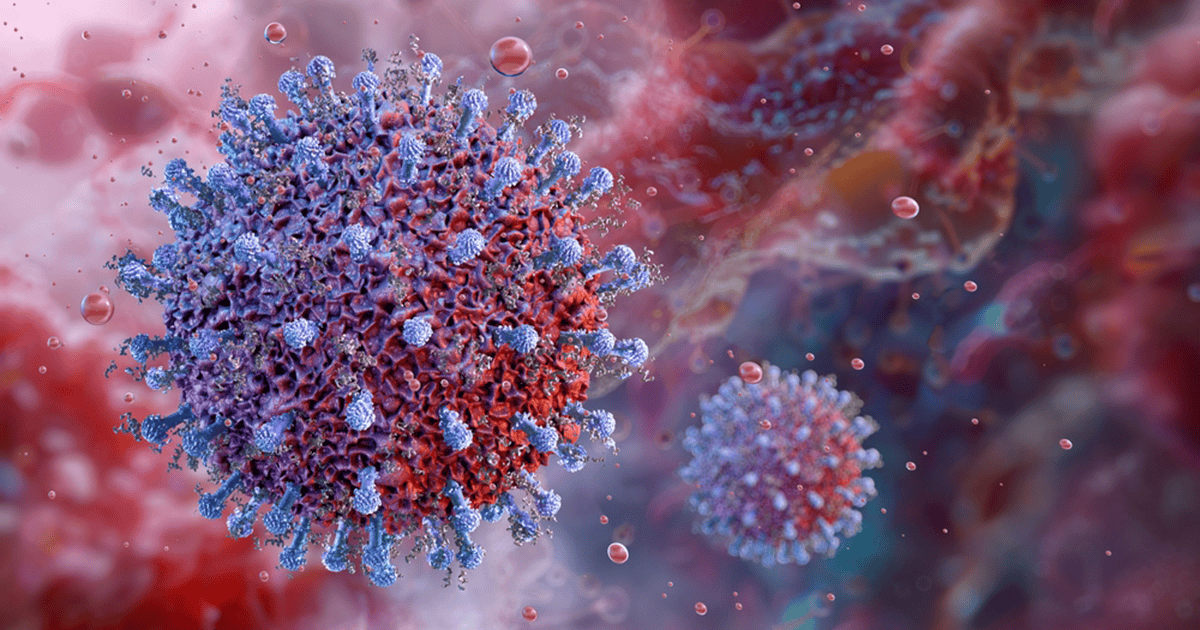If you have a dog or cat, you’ve probably seen their ears moving toward an interesting or startling sound. For professional equestrians, watching the ears of their horse allows them to gauge their shifting attention. Humans still have these same muscles, and even more interesting is their relationship to our brain and how we pay attention.
Ear movements are not a useful cue for really anything in humans (or apes), as we’ve lost our ability to orient our pinnas. We judge a person’s attention by their gaze direction. These muscles are part of a system called the vestigial auriculomotor system. There have been many studies done on this inactive system, which indicate that, although we can’t use them (anymore) to indicate our attention, our ears seem to be still trying!
Previous research has shown very small involuntary movements in muscles around the ear closest to the direction of a sound of interest. In addition, when trying to tune out one podcast and listen to another, participants’ ears made small movements in the direction of the preferred podcast (Strauss et al, 2020). These results show that our ear muscles do continue to “perk up” when we hear something interesting or startling—trying to shift toward that which we want to pay attention to. Unfortunately, they’re just obsolete for modern human beings. Some humans can still wiggle their ears (about 10-20 percent of us), which does serve one purpose: It’s a cool party trick.
References
Interesting Facts. (2023) 7 body parts that are more or less useless (accessed November 6, 2023).
Strauss DJ, Corona-Strauss FI, Schroeer A, Flotho P, Hannemann R, Hackley SA. (2020) Vestigial auriculomotor activity indicates the direction of auditory attention in humans. eLife 9:e54536.
Recent Posts
Unlock the True Worth of Your Expertise
New Amplify Your Value Track at AAA 2026 Designed for audiologists and practice leaders, our new Amplify Your Value track empowers you to rethink how…
The Deaflympics Receives Sport and Performance Psychology Support
The Deaflympics will celebrate its 100th birthday this year. It is the second-oldest international sports competition in the world, second only to the Olympics. Sport and performance…
Support for Congenital Cytomegalovirus Screenings
Congenital cytomegalovirus (cCMV) is the number one cause of non-genetic sensorineural hearing loss (SNHL) in children. One in every 3 children is infected by age 5,…


